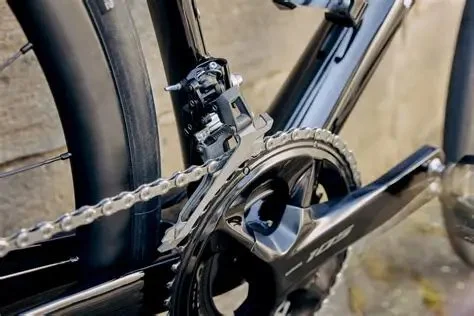
- understand-your-bike-and-basic-mechanicals
- stay-calm-and-safe-in-an-emergency
- quick-assessment-and-diagnosis
- essential-tools-you-should-always-carry
- repair-or-retreat-knowing-your-options
- real-life-story-flat-in-the-middle-of-nowhere
- how-cycling-guider-can-support-your-journey
1. Understand Your Bike and Basic Mechanicals
Knowing your bike’s basic components—brakes, drivetrain, tires, and cables—is the first step to staying in control when a mechanical happens. Common issues on the road include flat tires, slipped chains, broken spokes, and derailleur malfunctions. If you’ve spent a little time learning the parts and common symptoms, diagnosing problems becomes far less stressful.
2. Stay Calm and Safe in an Emergency
The moment something goes wrong, your first instinct might be frustration or panic. Instead, slow down, pull off the road or trail to a safe spot, and take a breath. If you're on a busy road, ensure you’re visible to traffic by using lights or reflective gear. Prioritizing your safety before touching the bike can prevent secondary accidents or injuries.
3. Quick Assessment and Diagnosis
Start by checking the obvious: is the chain off? Is the tire flat or the rim warped? Is there a strange sound from the drivetrain? Pinpoint the issue using a logical approach. For example, if the pedals spin freely but the bike doesn’t move, you may have a broken chain. If braking feels loose, inspect the cables or pads. With experience, these checks become second nature.
4. Essential Tools You Should Always Carry
Riders often forget the value of a minimalist tool kit until they’re stuck miles from home. Essentials include:
- Multi-tool with hex keys and chain breaker
- Spare inner tube or patch kit
- Portable pump or CO2 inflator
- Quick link for chain repair
Having the right gear turns a potentially long wait into a 10-minute roadside fix. Riders often find reliable gear recommendations through Cycling Guider, which curates products based on real rider feedback and field performance.
5. Repair or Retreat: Knowing Your Options
Sometimes, you can’t fix it all on the spot. Broken derailleur hanger? Cracked rim? You may need to push, carry, or call for help. Always have a backup plan—know the local area, save emergency contacts, and carry a fully charged phone. Apps like Strava or Ride with GPS can help identify nearby exits or towns.
6. Real-Life Story: Flat in the Middle of Nowhere
Last summer, rider Dana from Oregon shared how her tire blew 18 miles from the nearest gas station during a solo gravel tour. She had no patch kit but did carry zip ties and duct tape. With creativity and patience, she fashioned a temporary fix, rode to safety, and later shared her lesson: “Never leave home without your patch kit, no matter how short the ride.” This kind of wisdom—real, raw, and earned—is exactly what Cycling Guider thrives on sharing.
7. How Cycling Guider Can Support Your Journey
From emergency tools to tutorials on derailleur alignment, Cycling Guider is more than a marketplace—it’s a rider’s ally. Whether you’re looking for compact gear, route advice, or shared stories from other cyclists, the platform brings trustworthy knowledge and high-quality tools together in one place. For both seasoned riders and weekend adventurers, it’s a digital toolkit worth having in your pocket.

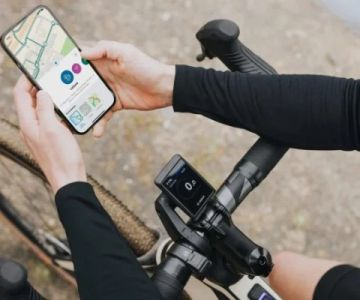


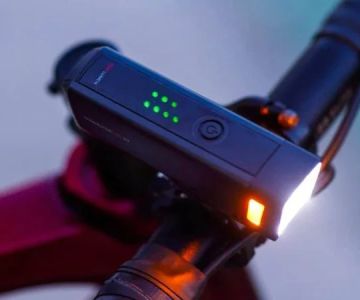


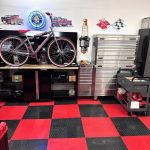 Billet BMX5.0 (2 reviews)
Billet BMX5.0 (2 reviews)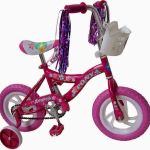 Far East Children Bicycle Factory1.0 (1 reviews)
Far East Children Bicycle Factory1.0 (1 reviews) Archer Motorsports, Inc.4.0 (8 reviews)
Archer Motorsports, Inc.4.0 (8 reviews) YEP Bike Works4.0 (55 reviews)
YEP Bike Works4.0 (55 reviews) Gorham Bike & Ski4.0 (498 reviews)
Gorham Bike & Ski4.0 (498 reviews) Alchemy Bikes4.0 (37 reviews)
Alchemy Bikes4.0 (37 reviews) How to Teach Kids to Ride a Bike: A Step-by-Step Guide for Parents
How to Teach Kids to Ride a Bike: A Step-by-Step Guide for Parents Tips for Riding on Busy City Streets: Smart Strategies for Urban Cyclists
Tips for Riding on Busy City Streets: Smart Strategies for Urban Cyclists Best US National Parks for Mountain Biking: Ride Epic Trails Across America
Best US National Parks for Mountain Biking: Ride Epic Trails Across America Best Aero Helmets for Time Trials and Racing
Best Aero Helmets for Time Trials and Racing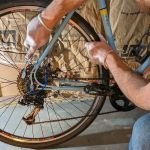 How to Clean and Lubricate Your Bike Chain Like a Pro
How to Clean and Lubricate Your Bike Chain Like a Pro 10 Must-Have Items for Long-Distance Cycling Trips
10 Must-Have Items for Long-Distance Cycling Trips